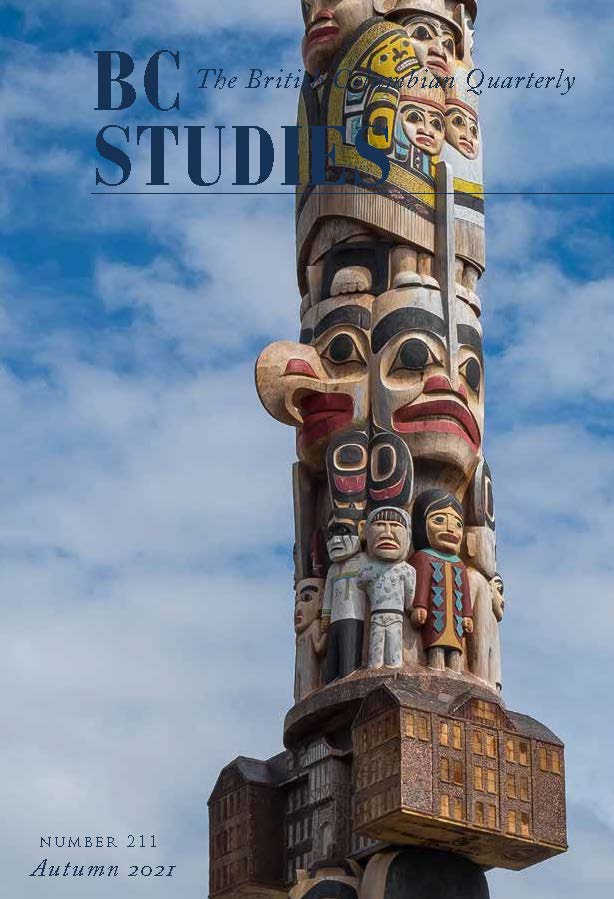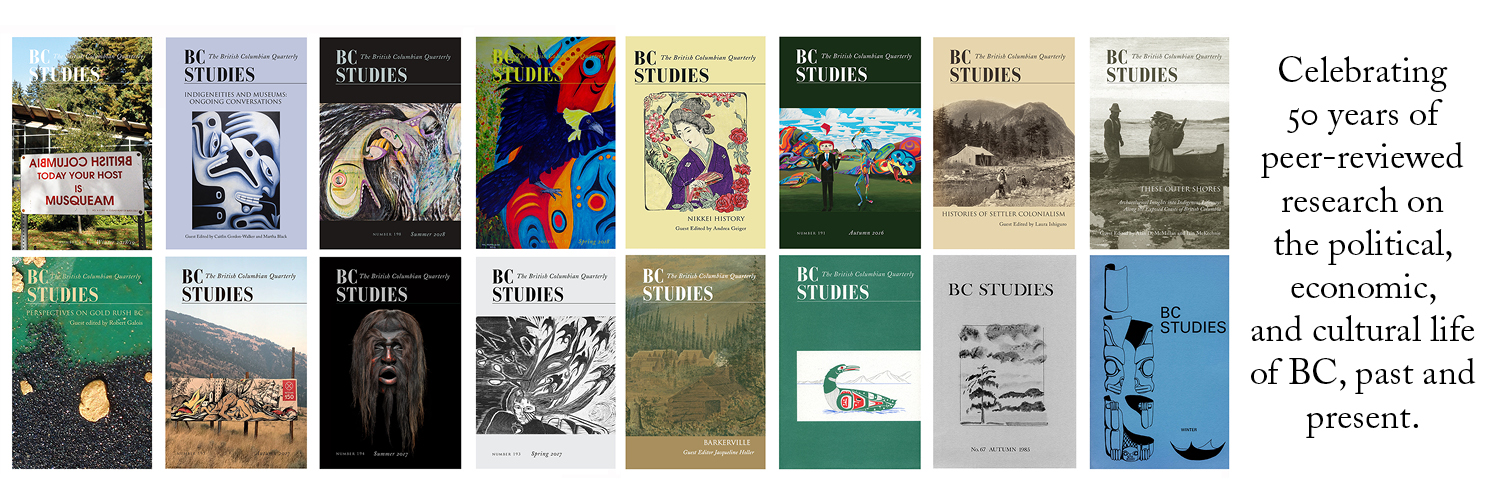Daffodils and Dispossession: Nikkei Settlers, White Possession, and Settler Colonial Property in Bradner, BC, 1914–51
DOI:
https://doi.org/10.14288/bcs.vi211.193988Keywords:
agriculture, Fraser Valley, Japanese Canadian internment, Japanese internment, race and racismAbstract
This article focuses on the forced sales of property, namely daffodil bulbs and farms, owned by Nikkei farmers before 1943 in the rural community of Bradner, British Columbia, known as the “daffodil capital” of Canada. By centring the microhistorical workings of property dispossession in one local context, it connects fields commonly treated as distinct – settler colonialism and Japanese Canadian history – to reveal how settler colonial property logics and practices were employed by the state and ordinary settlers to secure white possession. Drawing primarily on state records, I trace how the federal government dispossessed four Nikkei daffodil-farming families in the 1940s by using contradictory, uneven, and contested rationales and strategies. More specifically, I identify three property characteristics – definition, value, and boundaries – that the state manipulated to reconfigure Nikkei property for white ownership. In doing so, I denaturalize common narratives of property as stable and argue that the dispossession was not an anomalous moment of state racism, as has been largely understood, but a project that renewed a regime founded on the elision of Indigenous sovereignty and the construction of white settler property. By highlighting the state’s lies, both big and small, this article demonstrates the fundamental fictions of the settler property regime in British Columbia. These were fictions that Nikkei settlers were both invested in and were betrayed by in the 1940s.



